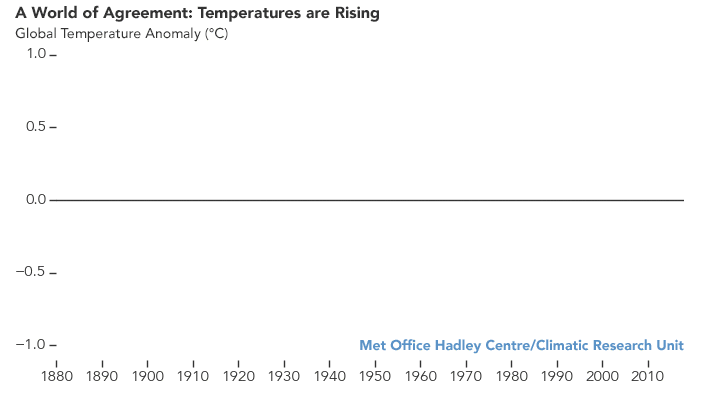
The CarbonBrief article Explainer How ‘Shared Socioeconomic Pathways (SSP)’ explore future climate change by Zeke Hausfather (4/19/18) provides a detailed overview of modeling future climate change based on future societies:
The SSPs feature multiple baseline worlds because underlying factors, such as population, technological, and economic growth, could lead to very different future emissions and warming outcomes, even without climate policy.
They include: a world of sustainability-focused growth and equality (SSP1); a “middle of the road” world where trends broadly follow their historical patterns (SSP2); a fragmented world of “resurgent nationalism” (SSP3); a world of ever-increasing inequality (SSP4); and a world of rapid and unconstrained growth in economic output and energy use (SSP5).
The graph copied here is the 5th in a series of 8 as the article explains the modeling process. The article is particularly useful for any course that discusses the modeling process. Most of the charts are interactive and there is also an animated graphic. There are links to data sources that requires setting up an (free) account.








